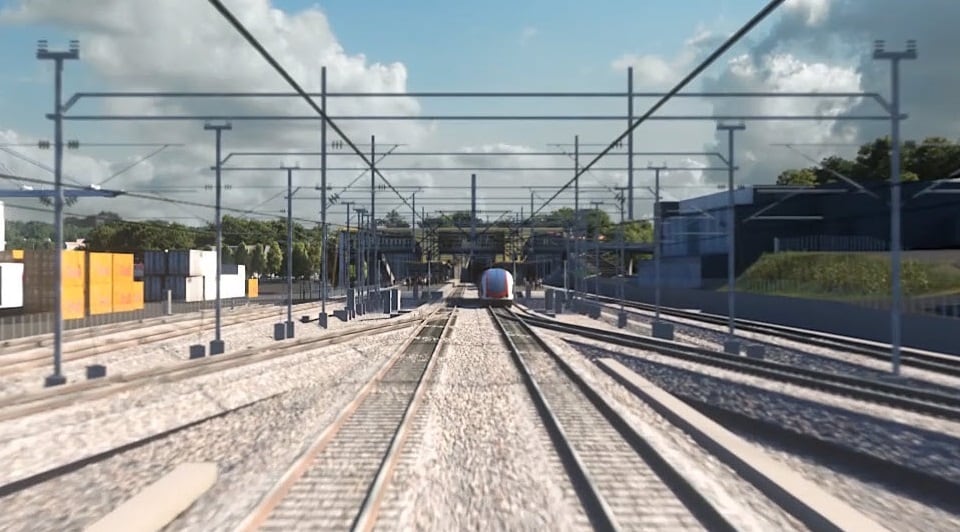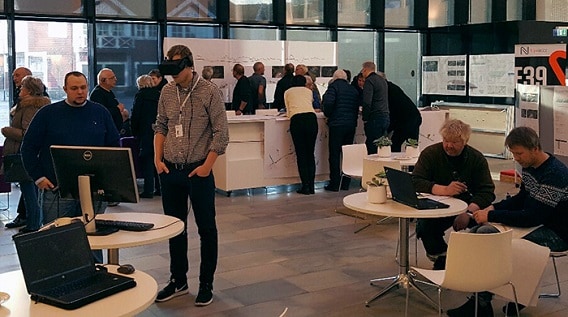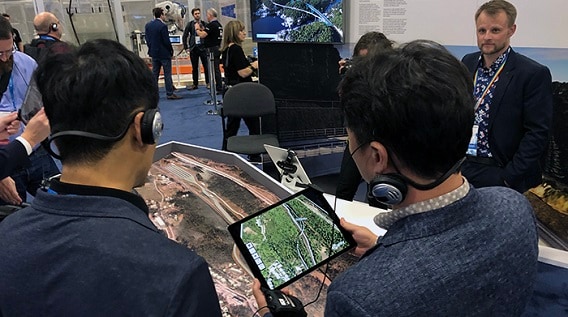Automated workflows slash design hours
Ramboll designed workflows that could be scaled as projects ramped up from five to 12 or more disciplines. Using parametric design modelling as the basis, project teams can integrate all project workflows into one digital platform that automates many of the manual tasks.
Such automation increases productivity, but it takes good content to get reliable results. The Revit content library of reusable files for the rail project provided three levels of detail: low, medium, and high. Team members could choose the granularity required.
The catenary team responsible for designing the electrified railway’s power cables set an example for accelerated, automated workflows. The excruciatingly slow job of manually placing catenary poles was simplified to one button-click; the team says it saved 440 design hours by working 2.2 times faster using the Revit library. “Now that we have a really good library in Revit, we can build these catenary lines seven or more times faster,” Smidtas says.
Automation saves time, but Smidtas says communication is key to better planning, better design, and better results. And not just people talking to people. “It means better communication between Ramboll and clients; between Ramboll and software developers; and between software products.”
For the Hensetting–Østfoldbanen project, communication helped to optimize the design process and make it more efficient while bringing clients into the workflow sooner. “In this project, we are not talking about saving time,” Smidtas says. “We are saying, ‘We can give you better quality in the same amount of time.’”



